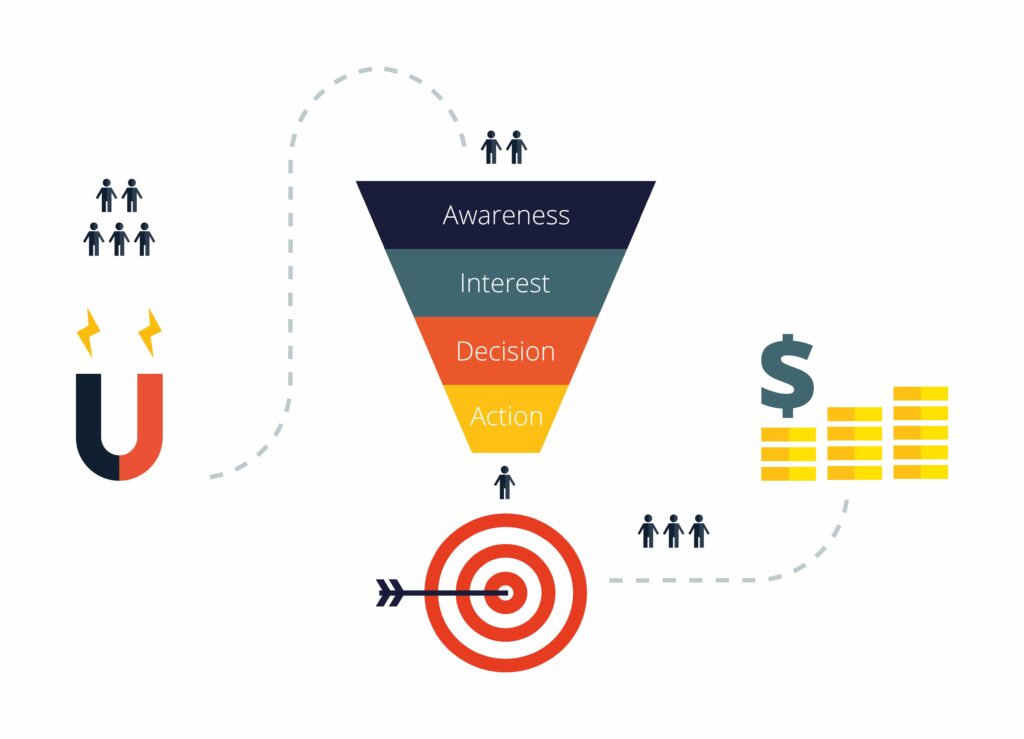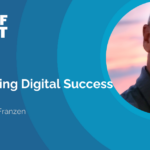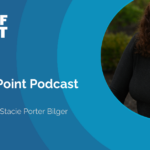A sales funnel plays a central part in business growth. Without an effective sales funnel, it can be difficult for businesses to turn prospects into customers. A funnel is designed to take potential customers on a journey that leads them to purchase a product or service. Today, we’re going to discuss how sales funnels work, the 4 stages of a sales funnel, and how to create your own.
A sales funnel is a step-by-step process that allows businesses to bring potential customers closer to their offerings. This is done through various marketing actions such as landing pages, automated emails, and videos. Your sales funnel is best looked at as a virtual salesperson who is interacting with customers at every stage of the buying process.
4 Stages of a Sales Funnel
Let’s take a look at the 4 stages of a sales funnel.
Awareness: Awareness is the first stage of the sales funnel. This is the stage in which prospects are introduced to your business after you have identified a particular problem and can provide a solution.
Interest: In this stage, prospects are active and are interested in your offerings as you have shown you can fulfill a need. You will find that active prospects are voluntarily coming back to your website to learn more.
Decision: The decision stage is where active prospects will make a decision about your business. The active prospect may or may not take advantage of your offerings. Regardless, they are paying close attention to your solution and deciding whether they need it.
Action: This is the last stage of the sales funnel. This is where active prospects turn into actual customers by either signing a contract or making a purchase.
 Creating Your Own Sales Funnel
Creating Your Own Sales Funnel
Here are 5 easy steps to help you get started with creating your sales funnel.
- Step 1: Understand your audience’s desires and needs.
- Step 2: Create a buyer’s persona based on why someone may want to buy the product, how they would use the product, and what their motivation for using it is.
- Step 3: Develop a solid strategy for lead generation. This could be through methods such as PPC campaigns, SEO, or landing pages.
- Step 4: Develop a strategy to engage your potential customers. Two examples include creating relevant videos or blog posts.
- Step 5: Convert your leads by making it easy for them to purchase your product or service. Be sure to minimize the form field and reduce the number of steps to make a purchase.
Want more leads but aren’t sure where to start? We will give you personalized, actionable online marketing techniques to get fast results. Learn more today.






